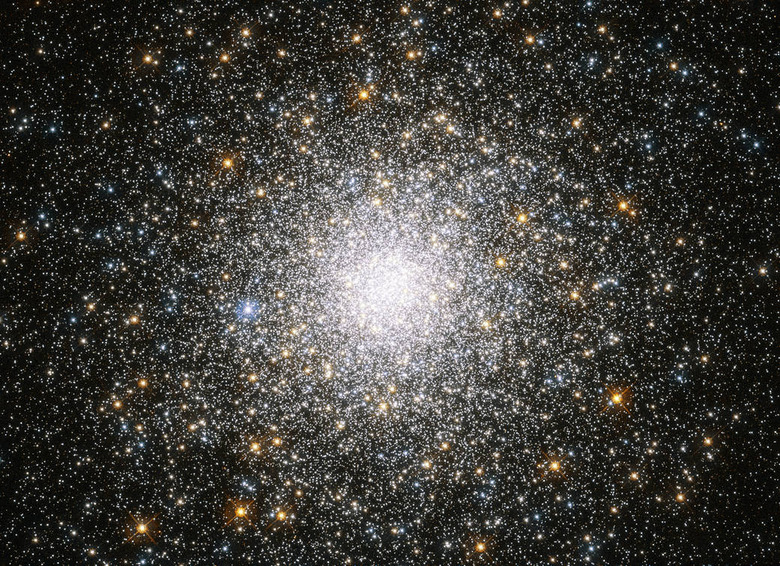Scientists May Have Finally Cracked The Dark Matter Mystery
When astronomers gaze into space they can see many different things. Galaxies, stars, and even black holes can be spotted from our place here on Earth. However, one of the most abundant types of matter in the universe can't actually be seen at all, or at least we've yet to invent the means to do so.
Dark matter may account for over three-quarters of all matter in the universe, but it can't be observed directly. Instead, scientists have to infer its existence based on how other objects in the cosmos react to its gravity. But what is it, and will we ever be able to explain its origins? A new study by researchers at the University of York attempts to do just that, offering a potential explanation for what dark matter really is.
The researchers say that the secret of dark matter may rest in a type of particle called a d-star hexaquark. As SciTechDaily notes, it's a particle made up of six quarks, which are the tiny bits that make up protons and neutrons, but because of their arrangement in a d-star, they are more versatile.
The scientists say that in the wake of the Big Bang, d-star hexaquarks may have been abundant, coalescing and bunching up. This massive amount of material may have eventually become a fifth state of matter known as Bose-Einstein condensate as it cooled. These ultra-cool clouds of boson particles may be the most feasible dark matter candidate yet.
"The origin of dark matter in the universe is one of the biggest questions in science and one that, until now, has drawn a blank," Professor Daniel Watts of the University of York explains. "Our first calculations indicate that condensates of d-stars are a feasible new candidate for dark matter. This new result is particularly exciting since it doesn't require any concepts that are new to physics."
Going forward, additional research into how d-stars behave could offer additional clues and help to either support the researchers' assertions or dismiss them.
